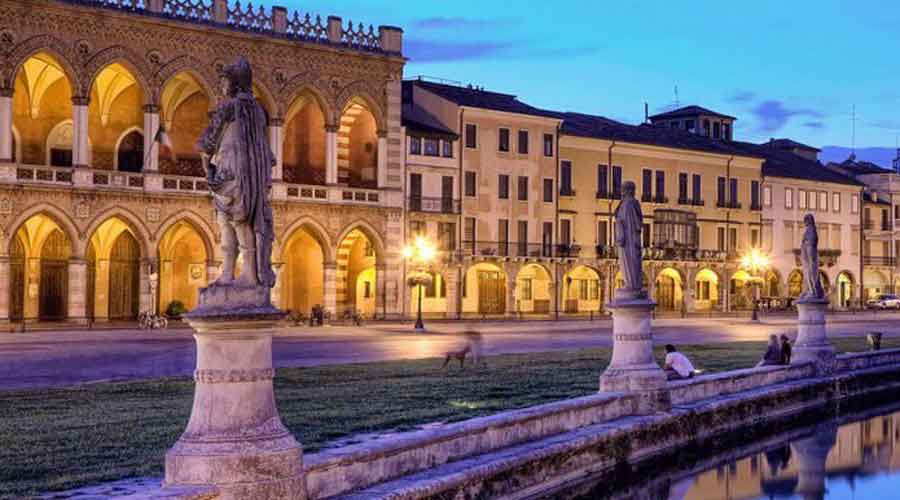Prato della Valle is the largest public square in Italy, with a canal lined with statues surrounding an artificial island where locals love to stroll, or take in the sun on warmer days.
The sculptures depict illustrious historical figures with strong ties to this northern Italian city. All 78 of them are of men. They have stood sentry for centuries. But since 1797, when the French Army invaded, there have been a couple of unoccupied pedestals on the canal.
So just before the New Year, two city councillors proposed a motion to include a statue of the 17th-century philosopher Elena Lucrezia Cornaro Piscopia among those in Prato della Valle.
When it comes to the city’s statuary, Prato della Valle is “the symbol of historical male predominance”, said Simone Pillitteri, one of the councillors. “The fact that there were these vacant spots was a glaring reminder that women are underrepresented here and elsewhere and that they were marginalised in the past, certainly not put on pedestals.”
Including a statue of Cornaro Piscopia — the first woman in the world to graduate with a university degree, obtained at the University of Padua in philosophy in 1678 — would be a strong sign that “today, our culture has completely changed”, Pillitteri said.
“It would be a sign for the future.”
But that proposal has spawned a debate over cancel culture, male chauvinism in the 18th century, the underrepresentation of women in art and the historical significance of monuments.
Academics, politicians and feminists have weighed in. Critics have cited the findings of a 2021 report by a cultural heritage association that counted barely 200 statues of women in public spaces in Italy. A head count of male statuary in Italy does not exist, but a useful comparison might be found among the 229 busts on Rome’s Pincian Hill. Only three depict women.
Some commentators saw the proposal as an example of “cancel culture”, an attempt to rewrite history through the lens of contemporary gender equality. For other opponents, the debate has centred upon the inviolability of a historical monument.
“Like it or not, Prato della Valle is an expression of the past,” one in which it was acceptable for a monument of illustrious locals to be all male, said David Tramarin, a politician and art historian.
New York Times News Service

